OECD’s latest economic outlook points to a cooling global economy over the next two years as higher effective tariff rates and persistent geopolitical uncertainty weigh on activity.
Global growth is projected to slow from 3.2% in 2025 to 2.9% in 2026 before recovering modestly to 3.1% in 2027. The US is expected to decelerate from 2.0% growth in 2025 to 1.7% in 2026, while the Eurozone will hover near 1.2%–1.4% through 2027. China’s growth is seen easing from 5.0% in 2025 to 4.3% by 2027 as structural and external pressures build.
Near-term momentum is expected to soften as global trade and investment absorb the impact of higher tariffs, weaker confidence, and ongoing policy uncertainty. OECD expects conditions to improve toward late 2026 as the drag from tariffs fades, financial conditions ease, and lower inflation supports demand.
Inflation is expected to continue moderating. Headline CPI across the G20 is projected to fall from 3.4% this year to 2.9% in 2026 and 2.5% in 2027. By mid-2027, inflation is expected to be back to target in most major economies, allowing central banks additional flexibility to support growth if needed.
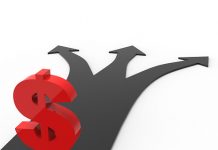


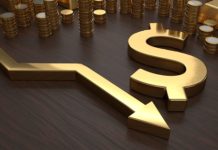
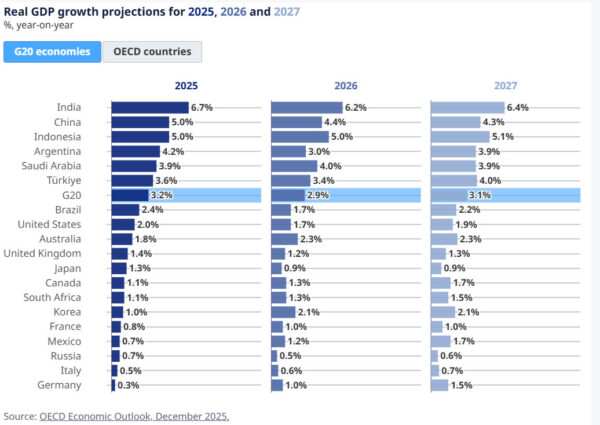
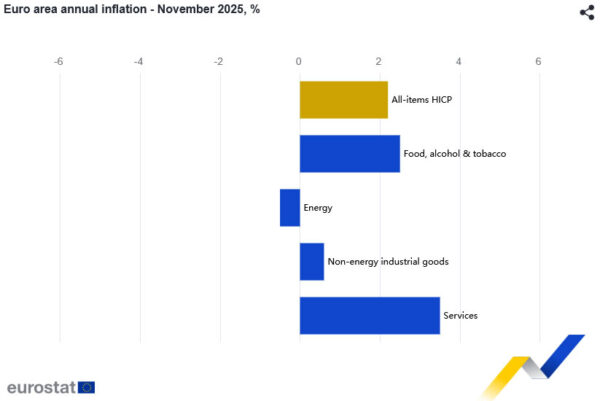
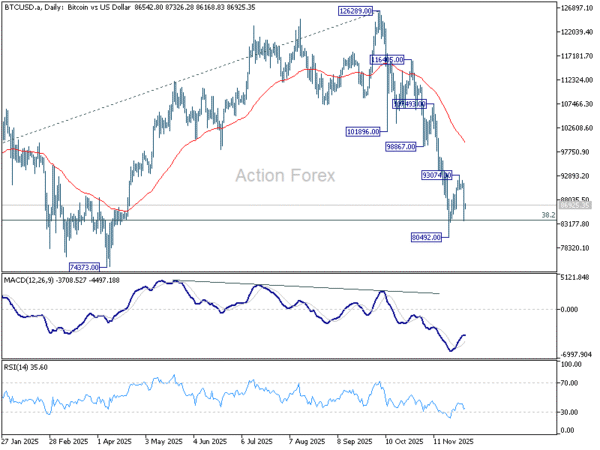
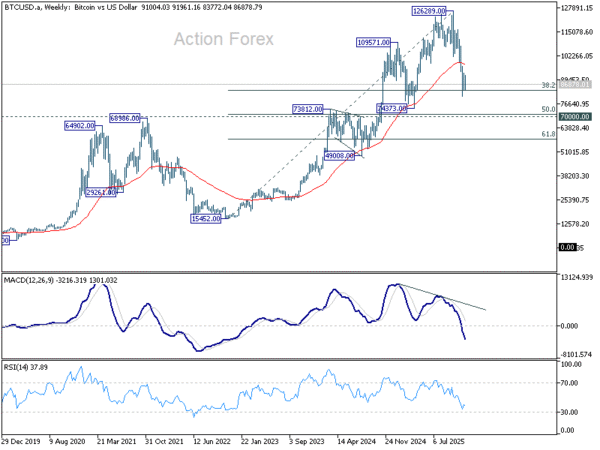
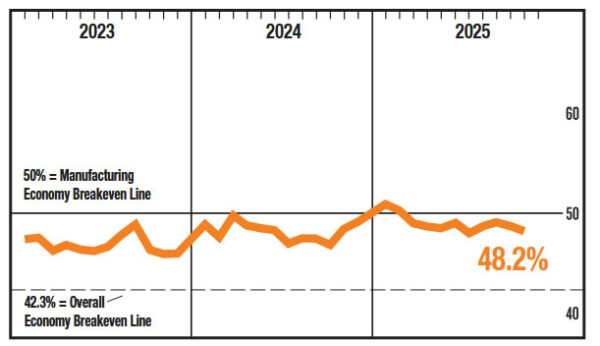
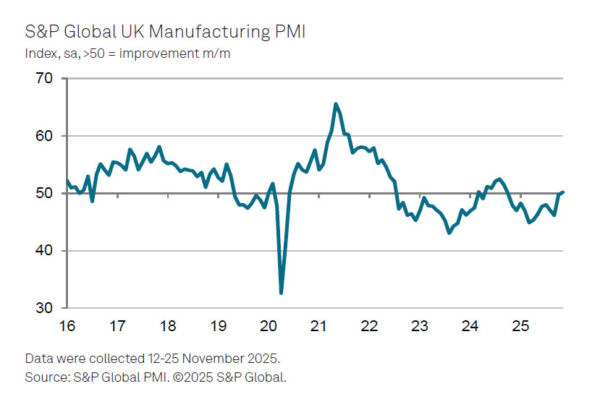
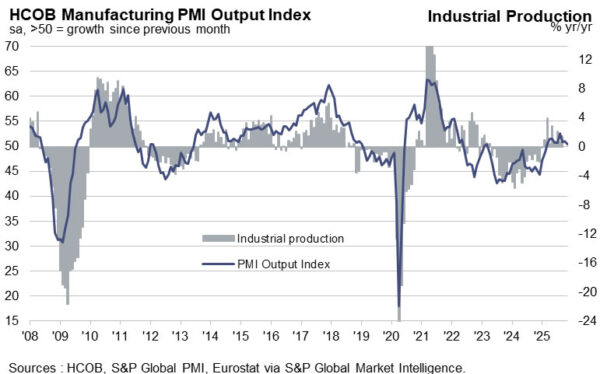
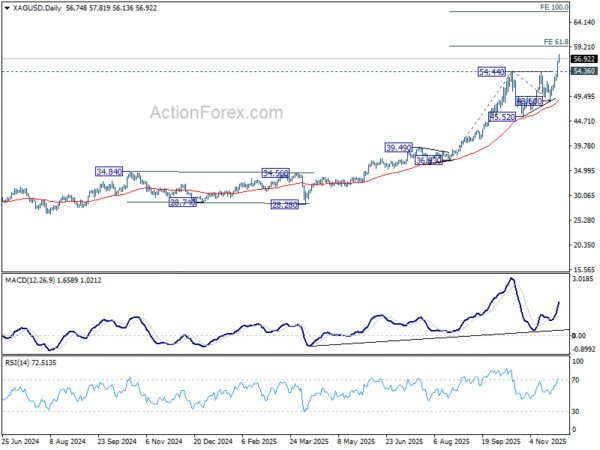
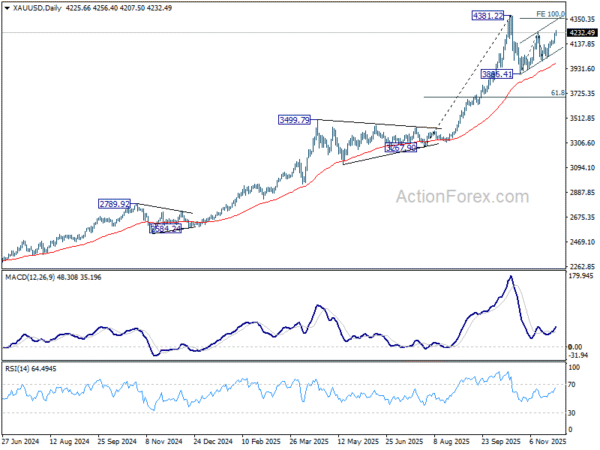
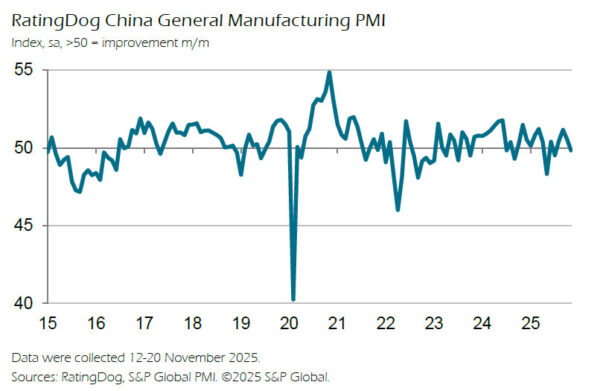
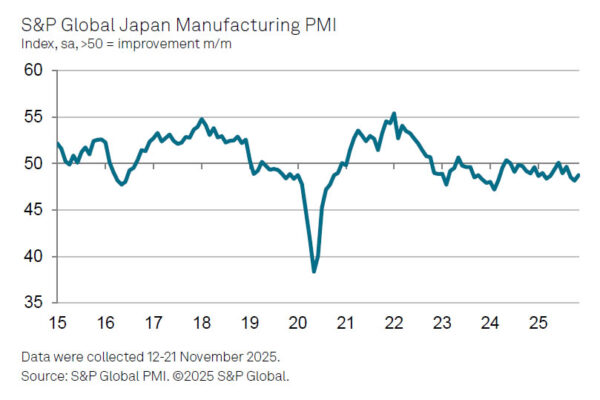
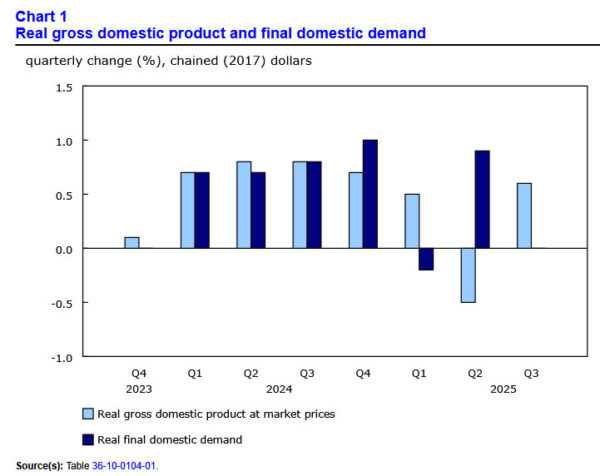
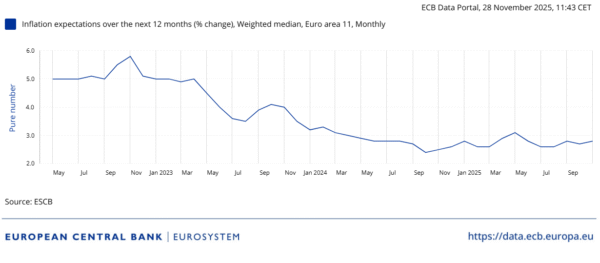
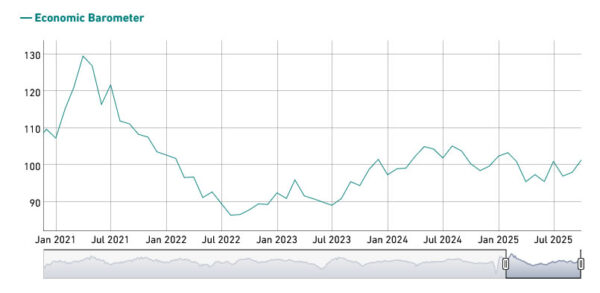



Australia Q3 GDP misses forecast at 0.4%, per capita output stagnates
Australia’s economy expanded 0.4% qoq in Q3, below expectations for 0.7% and marking a softer outcome despite a 2.1% yoy rise from a year earlier. The headline result reflected steady domestic activity supported by private investment and household consumption. However, GDP per capita was flat, suggesting growth is tracking population gains rather than delivering broad-based improvement in living standards.
A key drag came from external accounts. Inventory rundown—used to support export volumes—subtracted meaningfully from growth, while net trade also weighed as imports rose faster than exports. The pattern highlights ongoing pressure on Australia’s trade balance even as domestic demand remains resilient.
Grace Kim, ABS head of National Accounts, described Q3 performance as “steady,” noting growth matched the post-pandemic quarterly average. Kim added that per capita GDP stagnation reflected population dynamics rather than outright weakness in activity, with the measure still 0.4% above its level a year earlier.
Full Australia GDP release here.